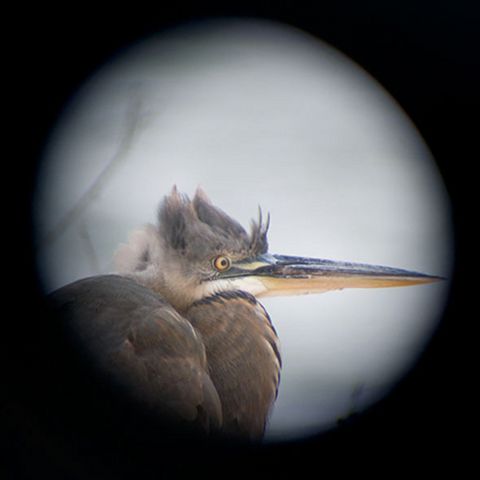- Sale
- 360 Degree Photography
- Battery and Battery Grip
- Backgrounds Even Color
- Backgrounds with Print
- Background Systems
- Cameras
- Camera Accessories
- Camouflage
- Continuous and Videolight
- Filters, Converters and Rings
- Photo frames
- Clamps and Adapters
- Cases and Bags
- Bulbs
- LED Lighting
- Magnifying Glasses
- Macro Photography
- Microphones
- Microscopes
- Night Vision Devices
- Shooting Tables and Tents
- Outdoor and Survival
- ID Photo Systems
- Flash Umbrellas
- Printers
- Reflectors
- Reflectors and Snoots
- Riflescopes
- Rigs Sliders and Stabilizers
- Camouflage Hides
- Smartphone Accessories
- Soft Boxes and Beauty Dishes
- Speedlite Camera flashes
- Spotting scopes
- Tripods and Ballheads
- Strobist
- Studio Accessories
- Studio Flashes and Kits
- Tecco Ilford Print Media
- Telescopes
- Trigger Sets
- Binoculars
- Thermal Imaging
10 Tips for Digiscoping
1. Overcoming the Dark Ring Apparent in your Photos
From time to time, it is possible that there is a dark ring around your image when adopting the digiscoping photography technique. By using a digital camera with a minimum 3x zoom, this can be overcome and a full frame picture can be made without the back rim in the photograph.
2. Overcoming Movement in your Photos
When shooting with a high magnification it is almost impossible to shoot a clear image due to the inevitable vibration or movement of the person capturing the image. To overcome this, it is essential that a remote control is used to eliminate this movement. Such remote controls are available on a cord that can be plugged into the camera or a wireless version for extra freedom.
3. Using a Tripod
Another way to overcome the vibration in an image is through the use of a sturdy tripod. The more support the spotting scope has, the less vibration you will see in your photos. Due to this, it is essential that you use a tripod for spotting scopes with a large objective.
4. Use the Correct Diameter
If you decide to use a high magnification when digiscoping, it is essential that you purchase a spotting scope with a large objective diameter. The bigger the lens, the better the lighting will be with a higher magnification.
5. Purchase the most Appropriate Spotting Scope for your needs
A common mistake made by people who wish to adopt the digiscoping technique, is that they purchase a digiscope that is much cheaper in comparison to their SLR camera. Generally, when using a DSLR camera for digiscoping, the spotting scope replaces the camera lens. Because of this, it is important that a spotting scope of similar quality to your camera is used. For example, when using a Nikon D7000 worth approximately € 1200, it is not smart to use a spotting scope worth € 150 as you will always be disappointed with your photos. For such a camera in the above example, it is recommend that a spotting scope between € 800 and € 1200 is purchased.
6. Purchase the right Camera
Due to the vast variety of cameras available, it can often be very confusing as to which is best to buy. Before purchasing your camera, have a think about how you wish to use it. Do you only want to use the camera for digiscoping or do you want to use it for other photography as well? Once you have determined your intended use for the camera and your budget, it is essential that you seek expert advice from a camera specialist to ensure you purchase the correct camera.
7. Adjust the Shutter Speed in Low Light Conditions
When digiscoping through a high magnification the light is compromised and therefore lowered. To overcome this, it is important to adjust the shutter speed of your camera. 
8. Focus
To ensure the sharpness of your images is it essential that spotting scope is set to optimum focus. If the image is unclear, then it is most likely that you will have adjust the focus of your spotting scope. If your camera is equipped with live view, it is a good idea to use this while adjusting and setting the focus of your spotting scope in order to simplify the process.
9. Use of Filters
Just like camera lenses, many spotting scopes have the option to add filters to the front of the lens. The most commonly used filters are Protection Filters, UV Filters, Polarization Filters and Skylight Filters.
10. Practice makes Perfect!
It is important to practice shooting with the spotting scope before you decide to go and capture once off photos of objects and/or animals. If you do not have enough experience and practice with the digiscoping technique, it is highly unlikely that you will capture the ‘perfect shot’.